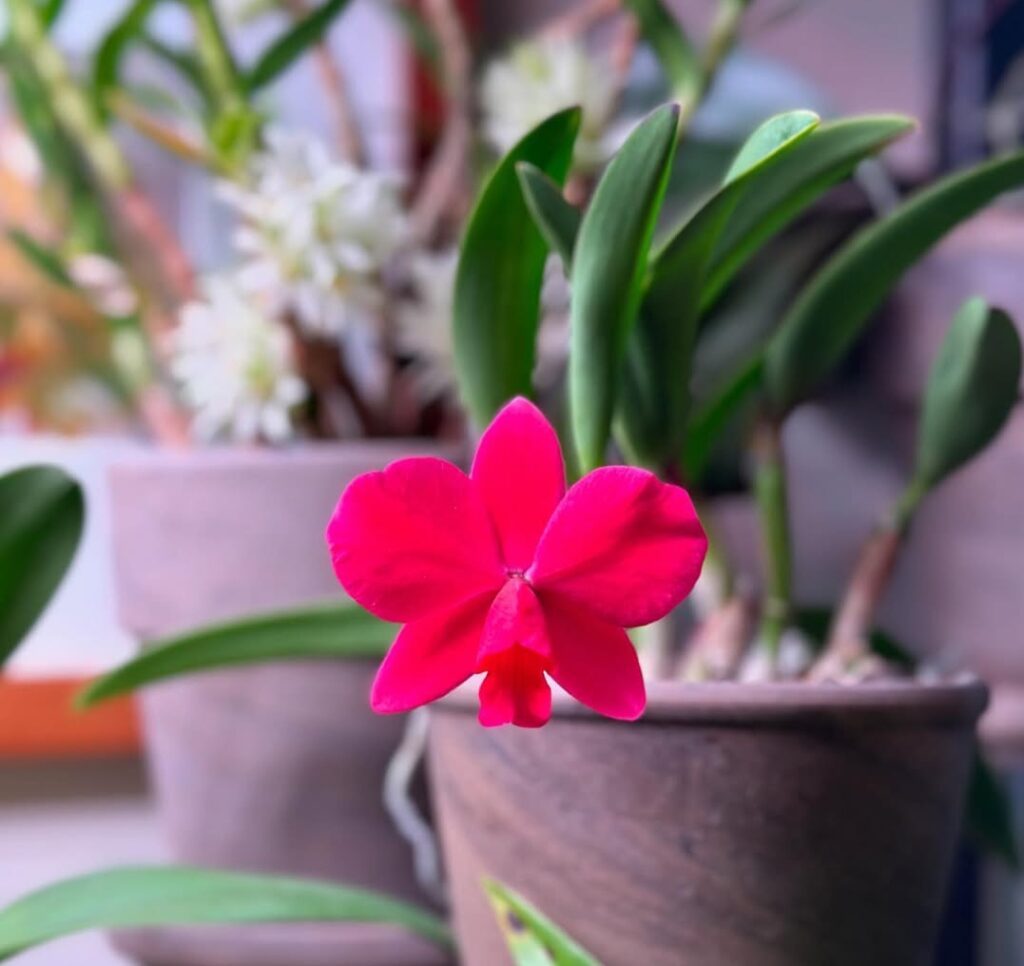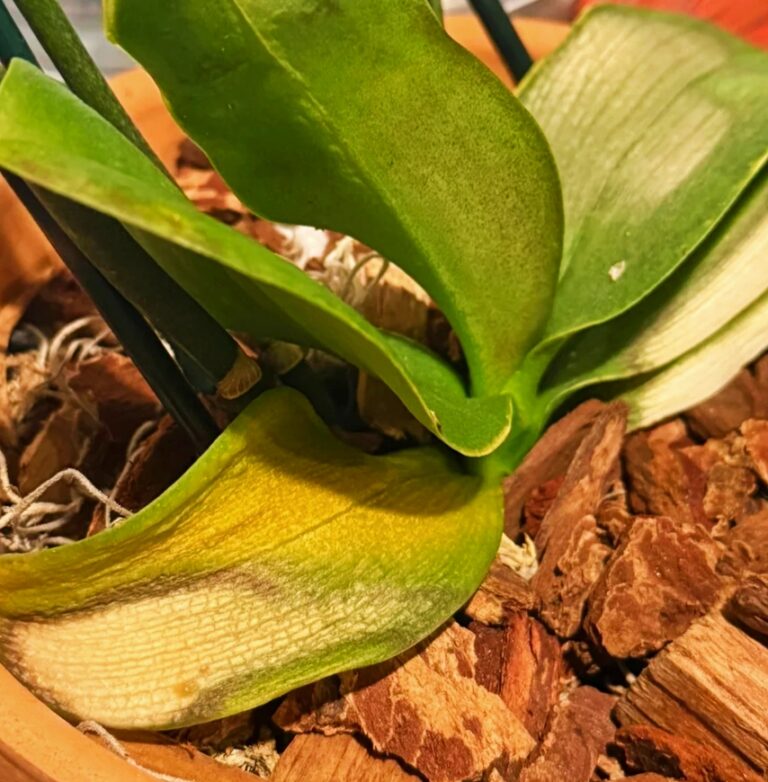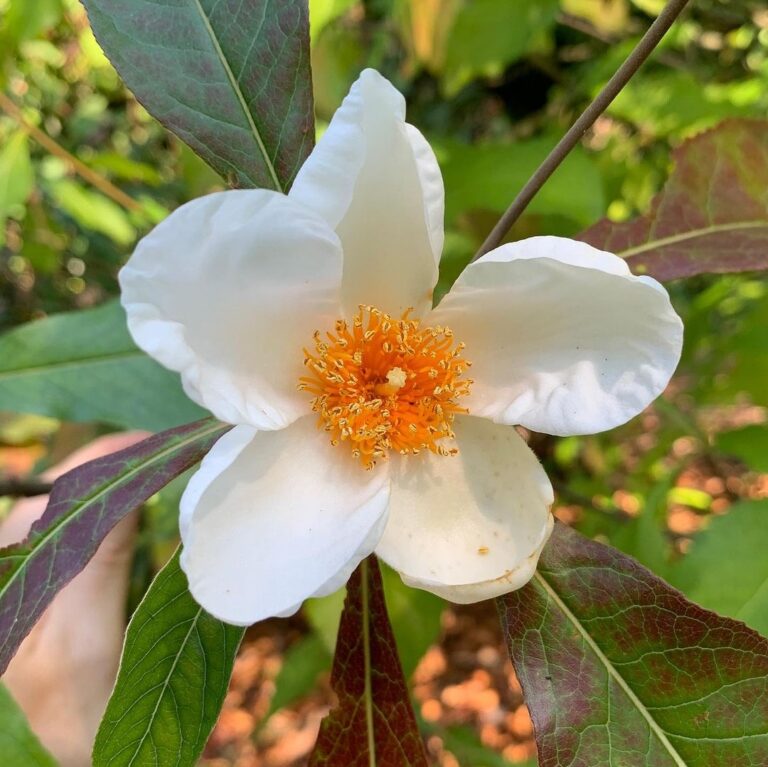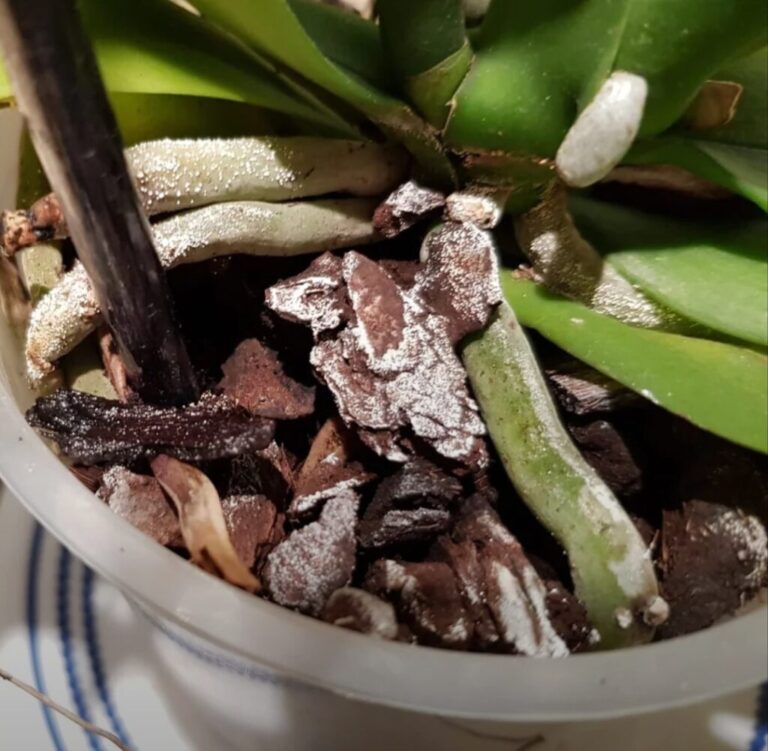- 1 Common Causes of Mini Orchids Dying
- 2 1. Fix the Watering Routine
- 3 2. Improve Drainage
- 4 3. Adjust Humidity Levels
- 5 4. Ensure Proper Lighting
- 6 5. Combat Pests and Diseases
- 7 6. Feed Your Mini Orchids Properly
- 8 7. Repot When Necessary
- 9 8. Prune Dead or Rotting Roots
- 10 9. Maintain Air Circulation
- 11 10. Be Patient and Observe
- 12 FAQS
Mini orchids bring charm and elegance to any indoor space, making them a favorite among plant enthusiasts. Their small size allows them to fit on windowsills, desks, and terrariums, adding a natural aesthetic to any setting. However, despite their beauty, mini orchids can be surprisingly delicate, and many plant owners struggle to keep them healthy. If you find your mini orchids dying, don’t worry! This detailed guide will walk you through ten proven methods to revive and sustain your orchids. With the right adjustments, your orchids can flourish for years to come.
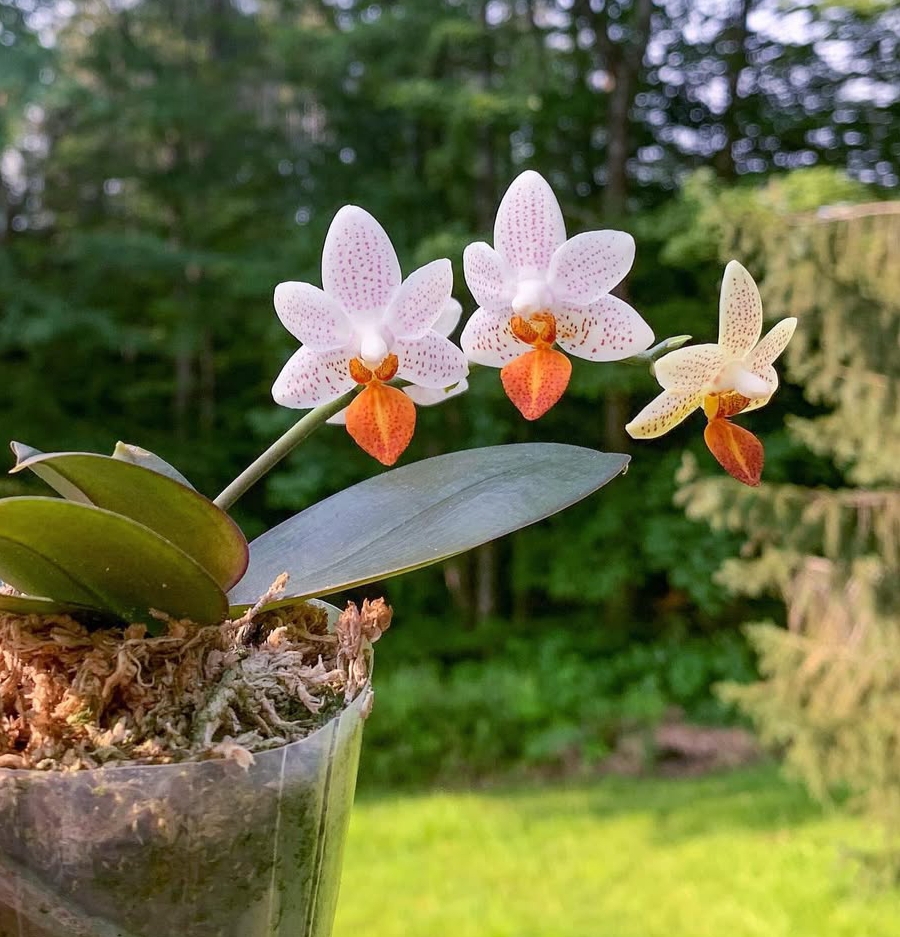
Common Causes of Mini Orchids Dying
Before we jump into the solutions, it’s important to understand what might be causing your mini orchids to struggle. Unlike larger orchids, mini orchids require an even more delicate balance of water, humidity, and light. If this balance is off, the plant will show signs of distress. Here are some of the most common reasons mini orchids suffer:
Overwatering or underwatering – Overwatering can suffocate the roots, causing rot, while underwatering leads to dehydration and root shrinkage. Mini orchids dying due to improper watering is one of the most frequent issues.
Poor drainage – If water doesn’t drain properly, the roots won’t receive enough oxygen, leading to decay.
Low humidity – Orchids naturally grow in humid environments, and dry indoor air can stress them out, resulting in mini orchids dying from dehydration.
Too much or too little light – While mini orchids need bright, indirect light, direct sun can burn their leaves, and insufficient light results in weak growth.
Pests and diseases – Aphids, spider mites, and fungal infections can attack orchids that are already stressed, leading to mini orchids dying if left untreated.
Lack of nutrients – Without proper fertilization, orchids won’t grow strong or produce blooms.
Incorrect potting mix – Using regular soil instead of a well-draining orchid mix can lead to root suffocation and decay.
Now that we understand the problems, let’s explore the best solutions to restore your mini orchids to full health.
Mini Orchid Care Timetable
| Time of Day | Task |
|---|---|
| Morning | Check soil moisture, mist leaves if necessary |
| Afternoon | Ensure they are getting enough light without direct sun exposure |
| Evening | Inspect leaves, roots, and potting mix for pests or signs of disease |
1. Fix the Watering Routine
Improper watering is one of the leading causes of mini orchids dying. Unlike typical houseplants, orchids do not like their roots sitting in water for extended periods. Root rot results from overwatering, whereas dehydration results from underwatering. The best approach is to water when the roots appear silvery-gray but before they become completely dry.
Tip: Use room-temperature water and allow excess water to drain fully. Avoid letting water sit in the bottom of the pot, as stagnant water encourages root rot.
2. Improve Drainage
Mini orchids thrive in well-draining potting media. Their roots need both moisture and air circulation to stay healthy. If the potting mix becomes compacted or retains too much water, the roots can suffocate and decay, leading to mini orchids dying prematurely.
Tip: Repot your orchid using a mix of bark, sphagnum moss, and perlite to enhance aeration and drainage.
3. Adjust Humidity Levels
Orchids naturally grow in tropical environments with high humidity levels. Indoor heating and air conditioning can dry out the air, causing your mini orchids to lose moisture quickly.
Tip: Use a humidity tray filled with pebbles and water or place a small humidifier nearby. Misting leaves occasionally can also help maintain proper humidity levels.
4. Ensure Proper Lighting
Mini orchids need bright, indirect sunlight to thrive. Direct sun exposure can cause leaf burn, while insufficient light can weaken the plant and reduce blooming. Improper lighting is a common reason for mini orchids dying.
Tip: Position your orchids near an east-facing window where they get gentle morning light but are protected from the harsh afternoon sun.
5. Combat Pests and Diseases
Pests like aphids, spider mites, and mealybugs can damage mini orchids by feeding on their leaves and stems. Additionally, fungal infections can develop in overly damp conditions, leading to mini orchids dying if not treated promptly.
Tip: Wipe leaves regularly with a damp cloth and treat infestations with neem oil or insecticidal soap. Fungal infections can be avoided with proper air circulation.
6. Feed Your Mini Orchids Properly
Orchids need a balanced supply of nutrients to grow and bloom properly. A lack of essential nutrients can lead to slow growth, weak stems, and fewer flowers, increasing the risk of mini orchids dying from malnutrition.
Tip: Use a diluted orchid fertilizer once a week, following the “weekly, weakly” rule—fertilize at quarter strength to avoid nutrient burn.
7. Repot When Necessary
Over time, orchid potting media breaks down, reducing airflow around the roots and increasing the risk of root rot. If your mini orchid’s roots are overcrowded or the medium has decomposed, it’s time to repot.
Tip: Repot every 1-2 years using fresh orchid mix. The best time to repot is right after blooming.
8. Prune Dead or Rotting Roots
Removing dead or rotting roots allows your orchid to focus its energy on new growth. Rotten roots are usually brown, mushy, or black.
Tip: Use sterilized scissors to trim away damaged roots and sprinkle cinnamon powder on the cuts to prevent infection. Cinnamon has natural antifungal properties.
9. Maintain Air Circulation
Good airflow around orchids helps prevent mold and fungal issues. Stagnant air can create a breeding ground for disease, which contributes to mini orchids dying.
Tip: Use a small fan near your orchids to improve air circulation but avoid placing them in direct drafts that might dry them out too much.
10. Be Patient and Observe
Reviving a struggling mini orchid takes time. Making too many drastic changes at once can cause stress. Instead, implement adjustments gradually and monitor your plant’s progress.
Tip: Keep a plant care journal to track watering schedules, fertilization, and changes in growth. This will help you identify patterns and adjust your care routine accordingly.
By following these steps, your mini orchids will have a much better chance of thriving. Consistency and patience are key, and with time, your orchids will reward you with stunning blooms and healthy foliage. If your mini orchids are dying, addressing these key factors will bring them back to life and keep them thriving for years to come.
FAQS
Why is my mini orchid dying?
Mini orchids often die due to improper watering, low humidity, inadequate light, or root rot. Identifying the cause early can help save your plant.
How often should I water my mini orchid?
Water once a week, but adjust based on humidity and temperature. Overwatering can cause root rot, while underwatering can lead to dehydration.
How often should I water my mini orchid?
Water once a week, but adjust based on humidity and temperature. Overwatering can cause root rot, while underwatering can lead to dehydration.
How do I know if my mini orchid is getting enough light?
Mini orchids need bright, indirect light. Yellow leaves indicate too much light, while dark green or droopy leaves suggest insufficient light.
Can low humidity cause my mini orchid to die?
Yes, mini orchids need 50–70% humidity. Use a humidity tray or mist the leaves lightly to maintain the right level.
Why are my mini orchid’s leaves wrinkled and soft?
This is a sign of dehydration, often due to underwatering or root damage. Check the roots and adjust watering accordingly.
My mini orchid’s roots look brown and mushy. What should I do?
Brown, mushy roots indicate rot. Trim the damaged roots with sterilized scissors and repot in fresh orchid mix.
Can repotting save my dying mini orchid?
Yes, if the roots are unhealthy, repotting in fresh, well-draining orchid bark can help revive your plant.
What should I do if my mini orchid has no leaves but still has roots?
If the roots are firm and green, your orchid may still recover. Keep it in a humid environment and water sparingly until new growth appears.
